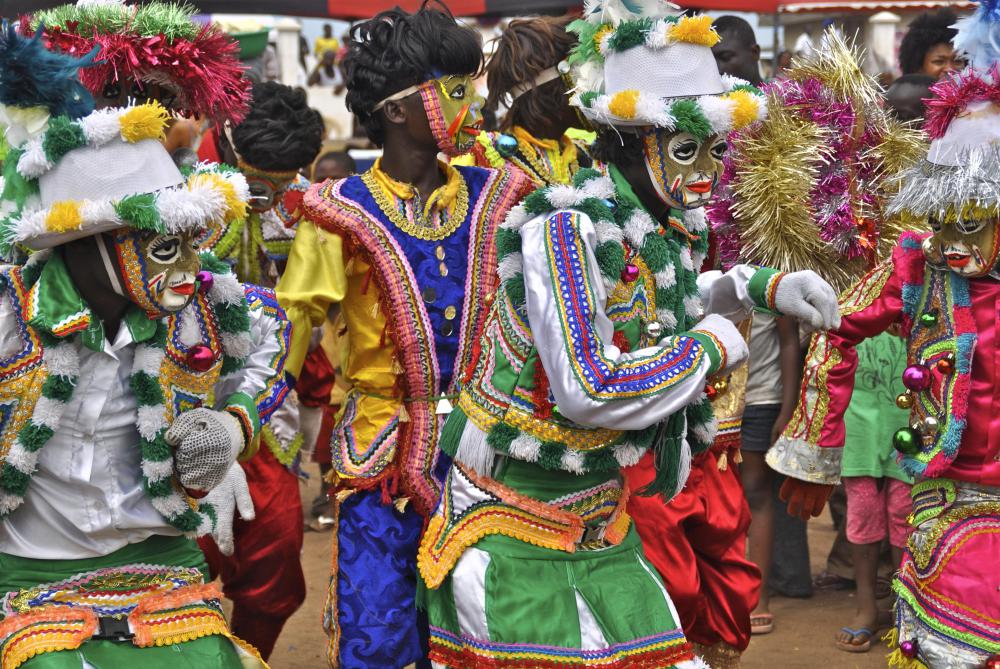At WiseGEEK, we're committed to delivering accurate, trustworthy information. Our expert-authored content is rigorously fact-checked and sourced from credible authorities. Discover how we uphold the highest standards in providing you with reliable knowledge.
What Is Malasada?
Malasada is a type of fried dessert pastry that is often associated with Hawaii. Similar to a doughnut, this treat was first created in Portugal and was taken to Hawaii during the 1800s by Portuguese immigrants. It has come to be recognized as both an essential Portuguese confection and a delicious part of Hawaiian cuisine.
Made of egg-sized balls of dough that has a high yeast content, malasada is often referred to as a Portuguese doughnut or a sweet pastry. The outside of this dessert is crisp, and the interior is buttery, light and fluffy. Customarily, this indulgence is coated in white sugar and does not have holes or contain filling.

Some non-traditional varieties of this treat also exist. These desserts might be packed with savory creams or caked with other appetizing toppings. They can be dusted with cinnamon, nutmeg or sugar. Malasada might also contain a variety of regionally popular fillings, such as haupia, guava or lilikoi. More traditional filling flavors are also available, including chocolate, vanilla or banana cream.

Numerous bakeries in Hawaii specialize in making this cuisine. Usually revered as a delicacy, this treat is likely to be served with a side scoop of vanilla ice cream or to have a sauce drizzled over the top. This dessert is very popular during Mardi Gras, especially on Fat Tuesday, which is commonly known in Hawaii as Malasada Day.
Started in the 19th century, Malasada Day first became popular because of the high number of Catholics to immigrated to Hawaii from Portugal. To prepare for Lent, it was common to make large batches of this dessert to share with neighbors and friends. This practice allowed the Catholics to use up their butter and sugar supplies. These two items needed to be consumed, because they would have spoiled during the 40-day fasting period before Easter. In Hawaii, the practice of making this dessert before Lent led to an increased popularity of this treat and to the local renaming of Fat Tuesday.

Since first being introduced, malasada has become a Hawaiian Island standard. Although it is most popular in Hawaii, it has gaining in popularity elsewhere. Once only associated with the Portuguese culture, this easy-to-make treat can be a trendy addition to any menu. For people who want to make malasada themselves, a large variety of recipes are easy to find online.
AS FEATURED ON:
AS FEATURED ON:













Discuss this Article
Post your comments